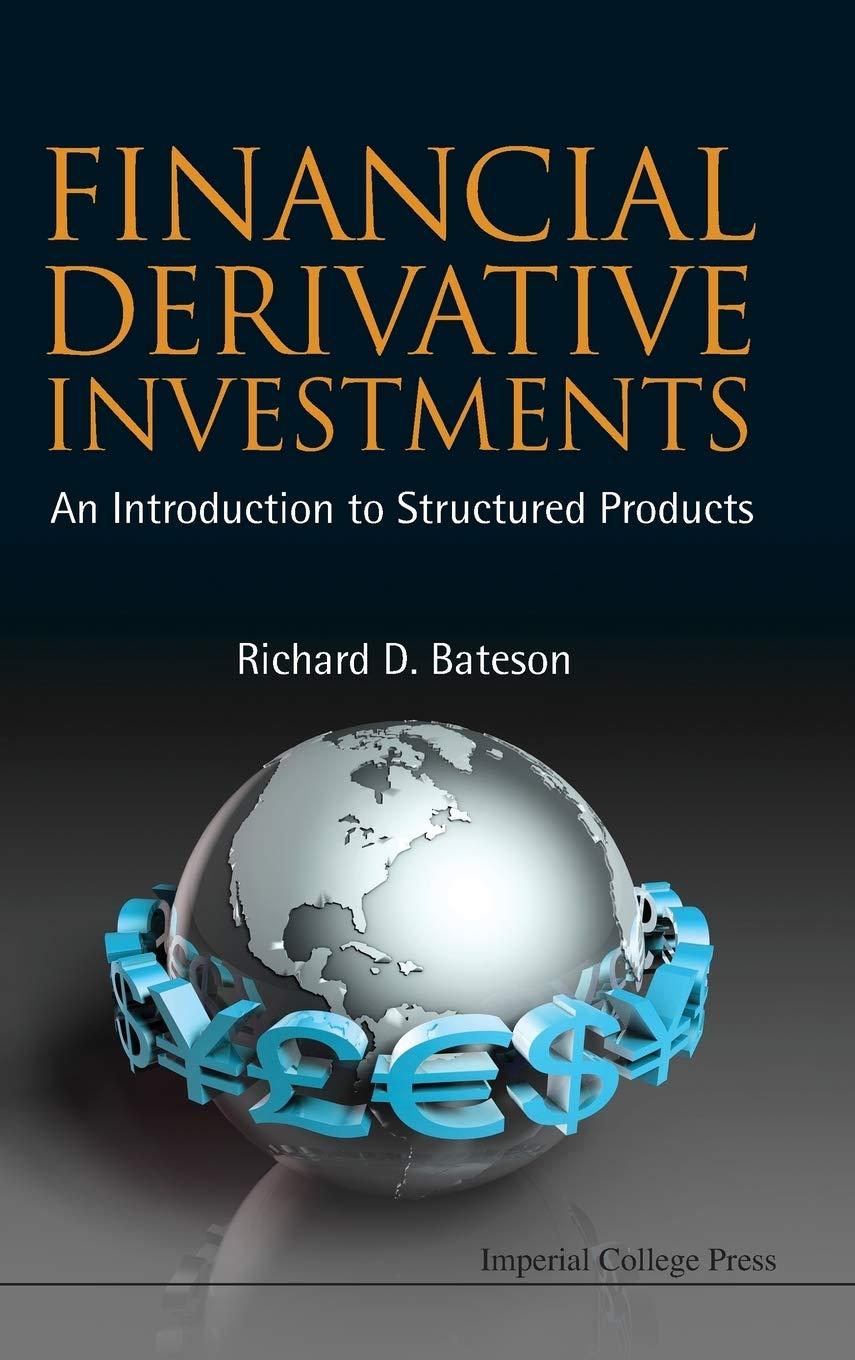
Consider the following data for Nike Inc.: In 2009 it had $19,300 million in sales with a 10% growth rate in 2010, but then slows by 1% to the long-run growth rate of 5% by 2015. Nike expects EBIT to be 10% of sales, increases in net working capital requirements to be 10% of any increases in sales, and capital expenditures to equal depreciation expenses. Nike also has $2,300 million in cash, $32 million in debt, 486 million shares outstanding, a tax rate of 24%, and a weighted average cost of capital of 10%. a. Suppose you believe Nike's initial revenue growth rate will be between 7% and 11% (with growth slowing linearly to 5% by year 2015). What range of prices for Nike stock is consistent with these forecasts? b. Suppose you believe Nike's initial revenue EBIT margin will be between 9% and 11% of sales. What range of prices for Nike stock is consistent with these forecasts? c. Suppose you believe Nike's weighted average cost of capital is between 9.5% and 12%. What range of prices for Nike stock is consistent with these forecasts? d. What range of stock prices is consistent if you vary the estimates as in parts (a), (b), and (c) simultaneously? c. Suppose you believe Nike's weighted average cost of capital is between 9.5% and 12%. What range of prices for Nike stock is consistent with these forecasts? The range of prices will be: Highest price per share: $ . (Round to the nearest cent.) Lowest price per share: $ (Round to the nearest cent.) d. Compute the stock prices when the initial revenue growth begins at 7%, the EBIT is 9% of sales, and the WACC is 12%. Then compute the stock price when the initial revenue growth begins at 11%, the EBIT is 11% of sales, and the company's WACC is 9.5%. What is the range of prices under these scenarios? The range of prices will be: Enter your answer in each of the answer boxes. Consider the following data for Nike Inc.: In 2009 it had $19,300 million in sales with a 10% growth rate in 2010, but then slows by 1% to the long-run growth rate of 5% by 2015. Nike expects EBIT to be 10% of sales, increases in net working capital requirements to be 10% of any increases in sales, and capital expenditures to equal depreciation expenses. Nike also has $2,300 million in cash, $32 million in debt, 486 million shares outstanding, a tax rate of 24%, and a weighted average cost of capital of 10%. a. Suppose you believe Nike's initial revenue growth rate will be between 7% and 11% (with growth slowing linearly to 5% by year 2015). What range of prices for Nike stock is consistent with these forecasts? b. Suppose you believe Nike's initial revenue EBIT margin will be between 9% and 11% of sales. What range of prices for Nike stock is consistent with these forecasts? c. Suppose you believe Nike's weighted average cost of capital is between 9.5% and 12%. What range of prices for Nike stock is consistent with these forecasts? d. What range of stock prices is consistent if you vary the estimates as in parts (a), (b), and (c) simultaneously? c. Suppose you believe Nike's weighted average cost of capital is between 9.5% and 12%. What range of prices for Nike stock is consistent with these forecasts? The range of prices will be: Highest price per share: $ . (Round to the nearest cent.) Lowest price per share: $ (Round to the nearest cent.) d. Compute the stock prices when the initial revenue growth begins at 7%, the EBIT is 9% of sales, and the WACC is 12%. Then compute the stock price when the initial revenue growth begins at 11%, the EBIT is 11% of sales, and the company's WACC is 9.5%. What is the range of prices under these scenarios? The range of prices will be: Enter your answer in each of the answer boxes







